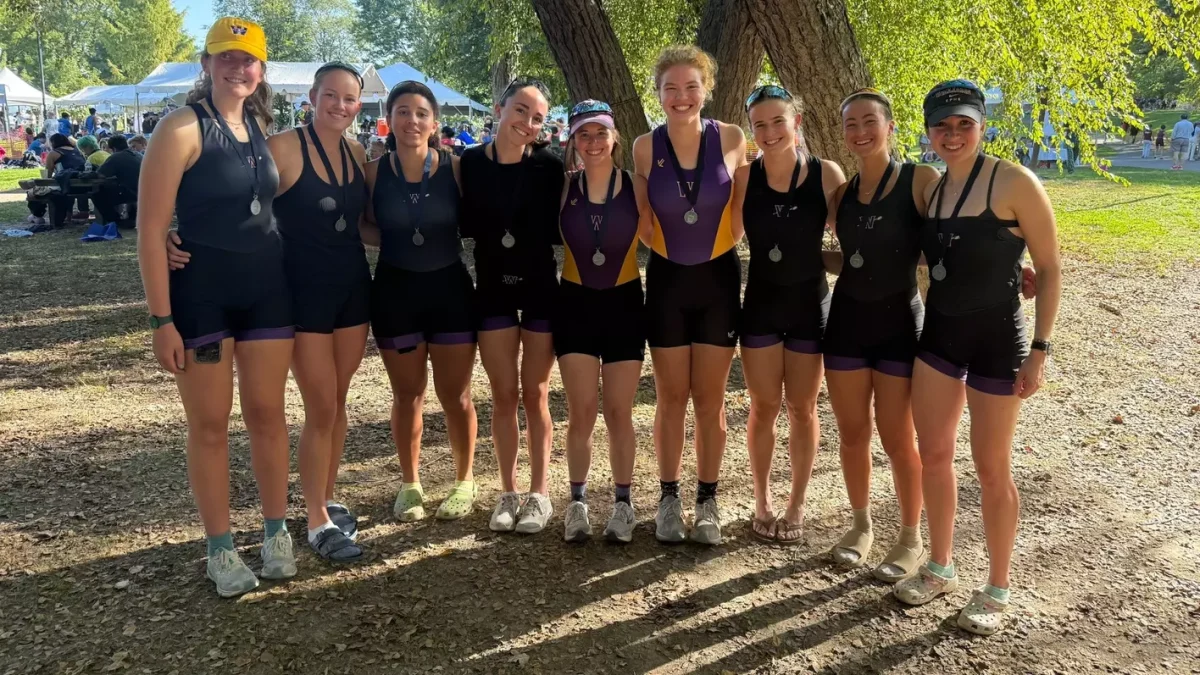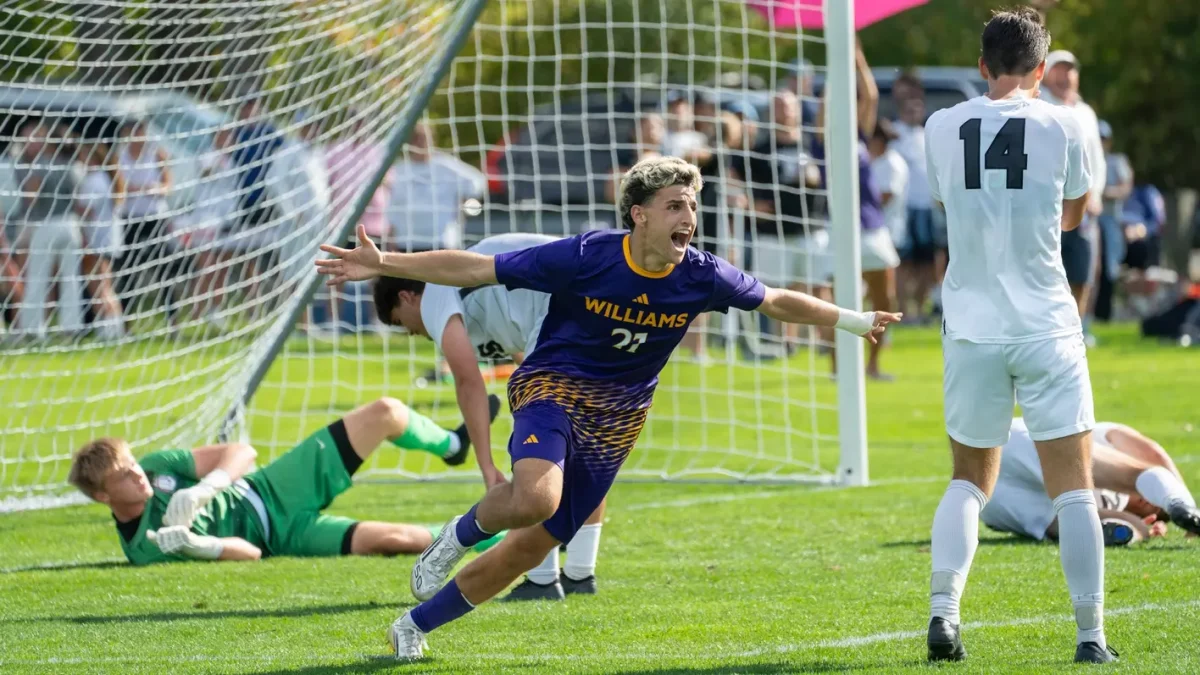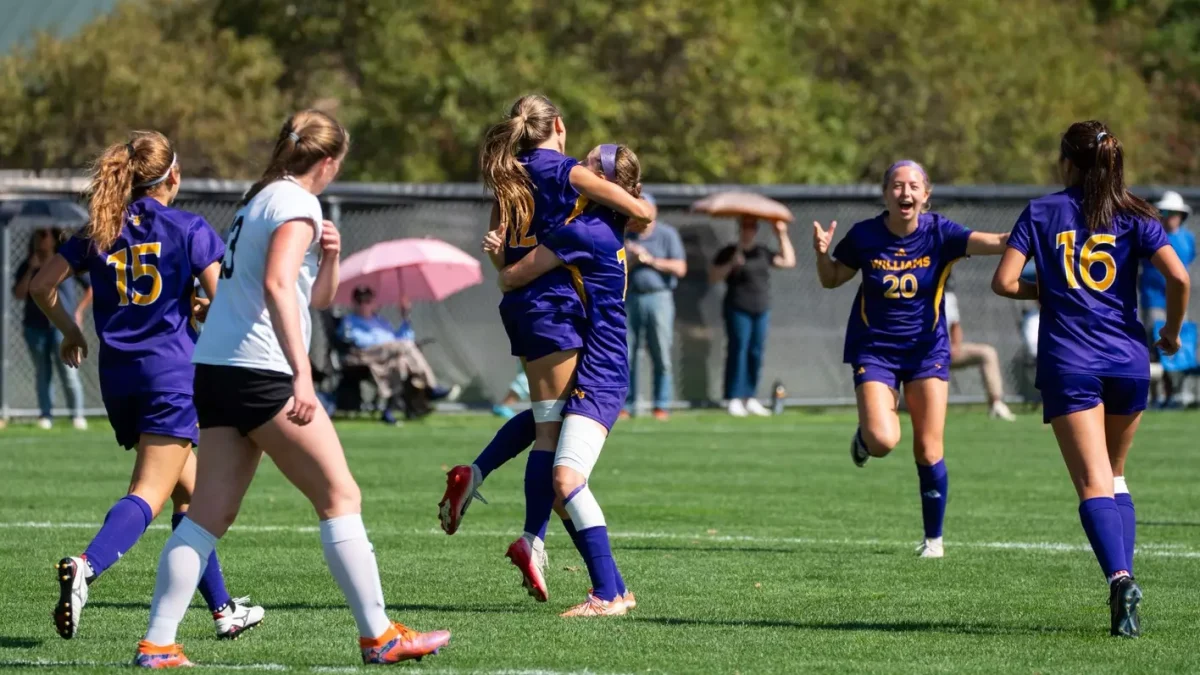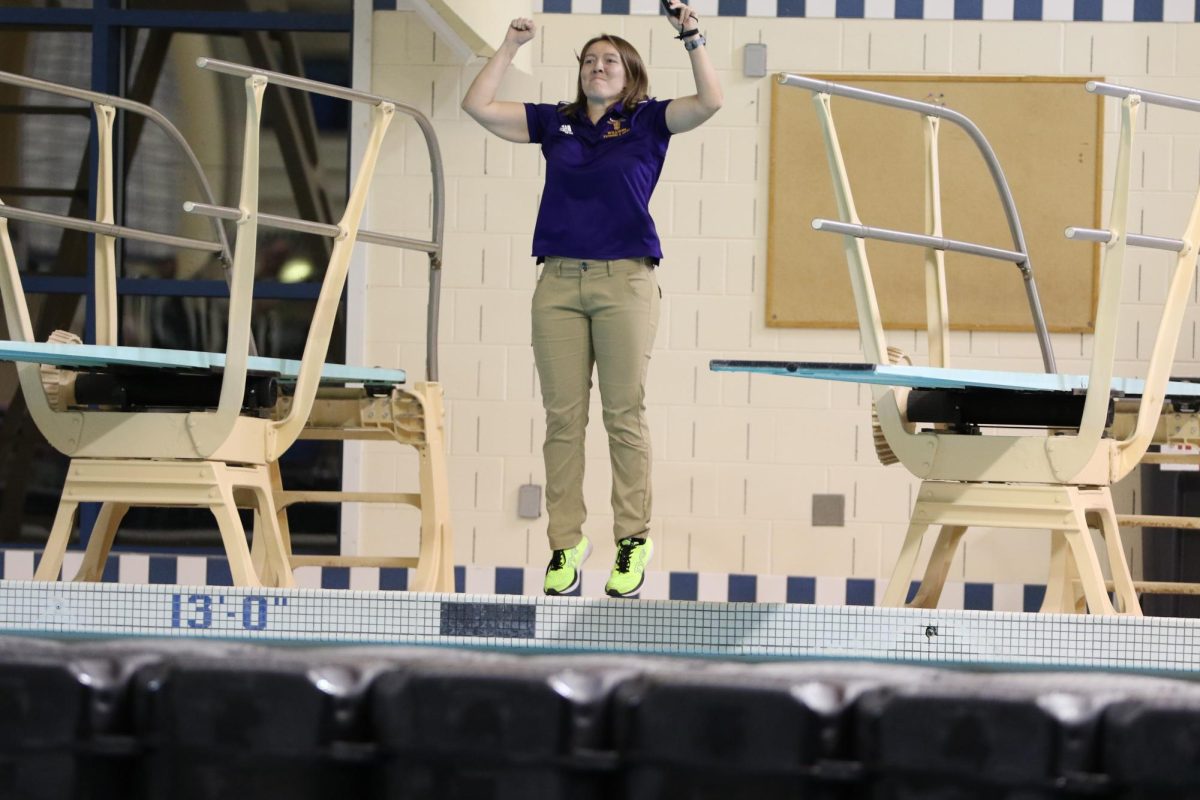A March 28 report released by U.S. Sen. Chris Murphy ’96 of Connecticut criticized “the college sports industrial complex,” calling on the NCAA to pay student-athletes. “The NCAA must start putting the players first – that starts with finding a way to fairly compensate them for their labor,” the report, titled “Madness, Inc.: How everyone is getting rich off college sports — except the players,” reads.
Lisa Melendy, the College’s athletic director, said she has “a different take” on the issue. She explained that she would like to make college sports more amateur, not more professional, and described the NESCAC conference as a model for schools at all levels.
“The part, to me, that’s broken is that we have this system [at the highest levels of Div. I] where students are part of these colleges and universities, but for many of them – not all – they’re not really students,” Melendy said.
Murphy’s office told the Record that the suggested action pertained primarily to high-profile programs at Div. I schools. Yet, when asked whether he believed that the NCAA should also find a way to compensate Div. III student-athletes, Murphy spokeswoman Laura Maloney did not close the door.
“Sen. Murphy believes that, at the very least, we need to start with Div. I sports like basketball and football, where students are making millions for their school and receiving a small fraction of that in student aid,” Maloney said. “He recognizes that the system for paying student-athletes, whether at a Div. I or Div. III schools, is very complex. That’s why he thinks the NCAA should start coming up with solutions to this issue.”
Melendy cautioned against the possibility of direct payment, explaining that Div. I student-athletes are compensated through athletic scholarships, as well as through the many coaches, trainers and staff members that support them throughout their college careers. She acknowledged, however, that many student-athletes feel unfairly treated because they are not able to make the most of the educational opportunities that these scholarships are meant to provide.
“If you can’t ever go to class, if you can’t major in what you want to major in and your entire life is structured around your athletic life rather than your academic life, that makes the college scholarship lose a lot of value,” she said.
While no Div. III schools are allowed to offer athletic scholarships, Melendy said that NESCAC institutions do a uniquely effective job of making sure that student-athletes, like any other students, leave college with the skills that they need to succeed. She emphasized that NESCAC schools play fewer contests than colleges and universities in other conferences, allowing athletes to spend more time in class and less time on the road.
Melendy also praised the College’s afternoon practice schedule as a means of ensuring that student-athletes can take advantage of academic opportunities. “I know there’s lots of controversy on our campus about the division of the day, but what it does in this very specific context is allow athletes to not have to choose between practice and classes,” she said. “They are choosing their courses first. They know there’s going to be time set aside for practice.”
Melendy, who was named athletic director in 2011 and served as head coach of women’s soccer from 1985–2001, said that she has not heard requests for compensation from student-athletes on campus. In fact, she considers student-athletes at the College fortunate to have access to coaches and trainers, as well as the life lessons and inherent value that come with participation in sports.
“Our athletes come to Williams because they want the best education and a high quality athletic experience. They know they can find both of those at Williams. Some of them have rejected Div. I – not big time Div. I, no one’s playing basketball at Duke — because they want this more integrated life.”
Murphy’s report introduced the problems with collegiate athletics through a detailed look at the Feb. 20 injury to Duke men’s basketball star Zion Williamson, the projected first overall pick in the upcoming NBA Draft. Williamson, a first-year, hurt his left knee in the first minute of the rivalry game against North Carolina when his Nike shoe buckled as he tried to change direction. Nike lost the rough equivalent of $1.1 billion on the stock market the next day, according to the report.
The report called Williamson’s shoe “a symbol of what college sports has become” and described his injury as a “perfect example” of “how corporations exploit the unique and immoral amateurism of college sports.”
Melendy said, however, that Murphy’s report did not account for all the other benefits that Williamson got from his time at Duke. She described the experience of superstar men’s basketball players, like Williamson, as “a paid internship for the year to improve their skills, to improve their visibility, to improve their value to the NBA.”
“[Williamson] got a lot of benefit from playing at Duke that is going to turn into money for him down the road,” she continued. “What he didn’t get, which I think is sad, is an education, but that didn’t seem like that was anyone’s intention to start with.”
Though Williamson’s injury elevated the nationwide conversation over student-athlete compensation, Murphy’s office said that he was motivated by his love of collegiate sports, including those at the College. Murphy was a member of men’s tennis and a fan of other Eph teams.
Melendy shares Murphy’s passion for college sports, but, with her many years of experience in Div. III, is looking to take the conversation in a different direction.
“Div. III is very much an integrated educational model, and I wouldn’t want to lose that,” she said.








